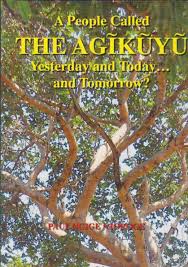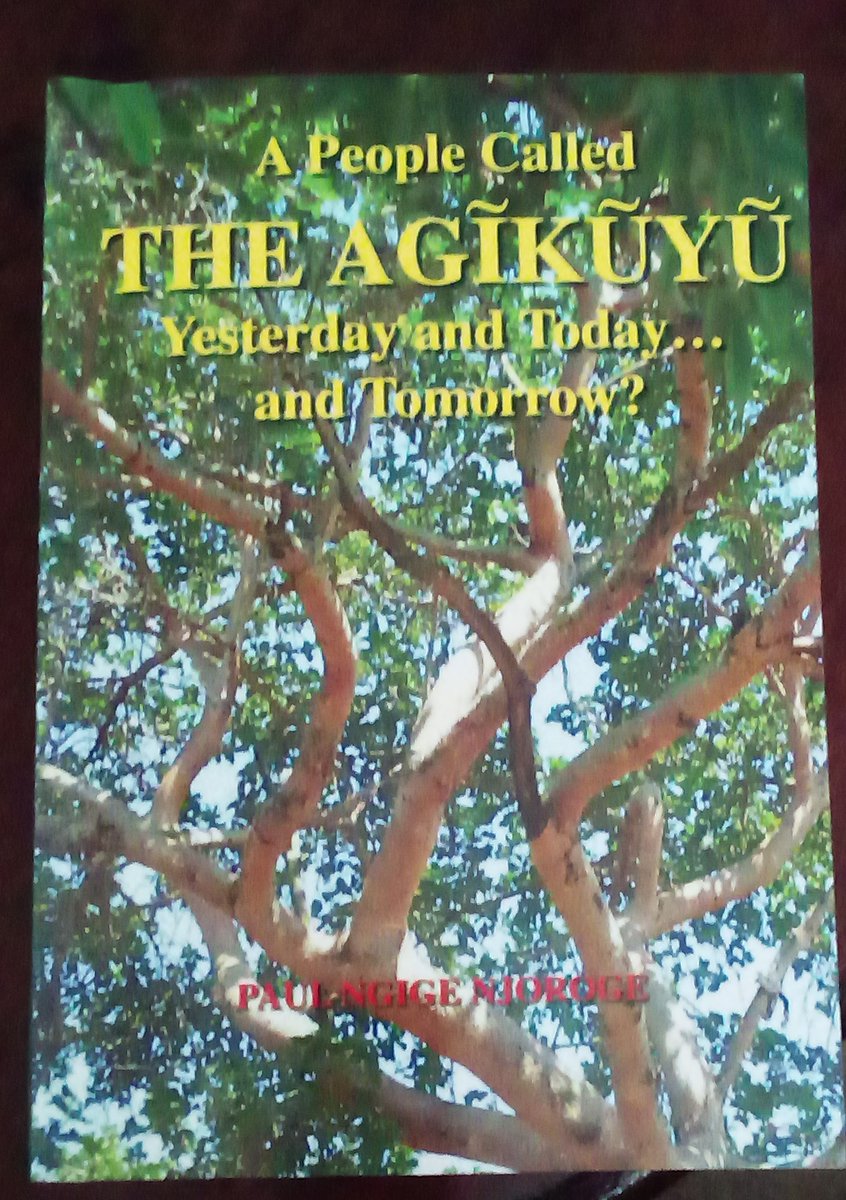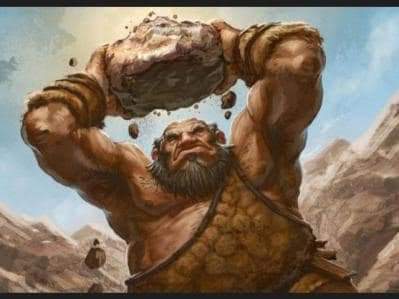
Among the Agìkūyū political or governance system, power from one generation SET to another was passed through an important and community wide ceremony called Ituìka. Ituìka has a long history and how it actually happened is captured in detail by Jomo Kenyatta 







in Facing Mount Kenya and in A History Of The Kikuyu, 1500 1900 by Godfrey Muriuki
Elders who managed the affairs of the nation ( community) came from one generation set. The population was therefore divided into two generation sets and each individual
Elders who managed the affairs of the nation ( community) came from one generation set. The population was therefore divided into two generation sets and each individual
belonged to his grandfather's generation set. At any given time there would be two generations Maina and Mwangi. A man and his son would therefore belong to two different generation sets.
Mūriūki (1974) reconstructed the dating of the 11 ruling generations
Mūriūki (1974) reconstructed the dating of the 11 ruling generations
going as far back as 1512 adding 2 generations that predates the Manjirì.
The dating of the Gìkūyū rulling generation age sets would look as follows.
✓ 1442 to 1476 - Nemathì
✓ 1477 to 1511 - Kariraū
✓ 1512- 1546 - Manjirì
✓ 1547- 1581- Mamba
✓ 1582- 1616 - Tene
The dating of the Gìkūyū rulling generation age sets would look as follows.
✓ 1442 to 1476 - Nemathì
✓ 1477 to 1511 - Kariraū
✓ 1512- 1546 - Manjirì
✓ 1547- 1581- Mamba
✓ 1582- 1616 - Tene
✓ 1617-1651 - Agu
✓ 1652-1686- Mandūti
✓ 1687- 1721- Cuma
✓ 1722- 1756- Ciira
✓ 1757- 1791- Mathathi
✓ 1792-1826 - Ndemi
✓ 1827-1861- Iregi
✓ 1862-1897- Maina ( Irūngū)
✓ 1898- 1930- Mwangi
Dr Paul Ngige in his book A people called the Agìkūyū,
✓ 1652-1686- Mandūti
✓ 1687- 1721- Cuma
✓ 1722- 1756- Ciira
✓ 1757- 1791- Mathathi
✓ 1792-1826 - Ndemi
✓ 1827-1861- Iregi
✓ 1862-1897- Maina ( Irūngū)
✓ 1898- 1930- Mwangi
Dr Paul Ngige in his book A people called the Agìkūyū,
highlights some important insights:
" The implication that people could remember the names of ruling generations going back to the beginning of the 15th Century has the following important implications: That for four and a half centuries upto AD 1900 a people had existed who
" The implication that people could remember the names of ruling generations going back to the beginning of the 15th Century has the following important implications: That for four and a half centuries upto AD 1900 a people had existed who
acknowledged the same national government system with continuity over those four and a half hundred years. The corollary implication is that in the first half of the 15th century, the Agìkūyū had already developed their basic social and
cultural institutions and their collective Cultural and national consciousness."
The books Facing Mount Kenya by Jomo Kenyatta and A people called the Agìkūyū, yesterday, today and tomorrow by Dr Paul Ngige are available. Amazing books for anyone who wants an In-depth understanding of the Agìkūyū Culture. Place your order via DM SMS/WHATSAPP 0790-224189 



• • •
Missing some Tweet in this thread? You can try to
force a refresh





























